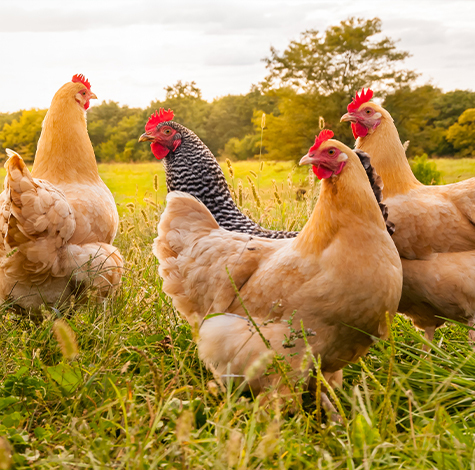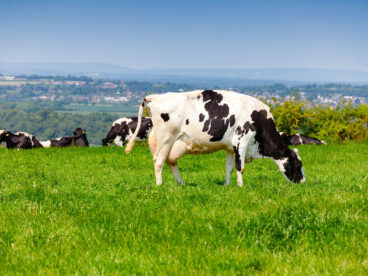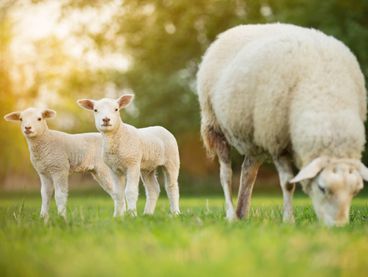Meet cow’s needs for amino acid to drive milk protein
Meet cow’s needs for amino acid to drive milk protein
Ensuring fresh calved cows have an adequate supply of essential amino acids is vital if cows are to produce milk with high milk protein content to maximise milk price, as UFAC UK’s Northern Business Manager, David Bonsall explains.
All protein is made up of amino acids and cows have a requirement for each of the 22 amino acids, eight of which are identified as essential amino acids. Protein is used by the cow for the production of milk and also for muscle regeneration. If a cow is short of an essential amino acid she will not perform to her potential.
During the period of negative energy balance when the main driver is milk yield, if the cow is short of amino acids she will mobilise muscle and reduce milk protein content to support yield. Later in lactation the cow will divert available supplies away from milk protein to maintaining herself and for muscle regeneration, leading to poorer milk quality and lower milk prices. So maintaining a balanced and adequate amino acid supply is a priority for high genetic merit cows.
Healthy rumen
The cow derives protein, and therefore her supply of amino acids, from two sources which together make up her metabolisable protein supply. Microbial protein, produced by the microflora in the rumen makes up around 70% of metabolisable protein with the remainder coming from the diet as bypass protein which passes through the rumen to be absorbed in the intestine.
Microbial protein is actually a very efficient source of amino acids and can provide up to 60-85% of the amino acids that reach the small intestine. The balance of amino acids in microbial protein is very close to the amino acid profile of milk protein so the first step in ensuring an optimum supply of amino acids is to maintain an efficient rumen, reducing the risk of acidosis while providing sufficient energy. Rumen- inert fatty acid supplements are a good way to help achieve this.
The balance of amino acid requirements need to be supplied as bypass protein in the diet. The problem is that many of the common ingredients in dairy cow diets can be low in essential amino acids with a poorer and less balanced supply, putting cows at risk of a shortage of the essential amino acids.
Essential amino acid supply
Rather than focussing on the protein content in the diet and the metabolisable protein supplied to the cow, farmers and nutritionists should pay close attention to essential amino acid supply. The new generation of rationing programmes like NutriOpt Dairy allow more detail on essential amino acid supply, helping to ensure supply is adequate to meet requirements and support the production of high value milk.
It will often be economic to include ingredients which are high in specific essential amino acids to help ensure a balanced supply. UFAC Promega Plus is an ideal protein supplement for fresh calved cows. It provides the supply of quality DUP required to support efficient milk production along with essential Omega-3 fatty acids EPA & DHA from marine oils. Most importantly it contains additional methionine to ensure requirements for this essential amino acid are met.
Paying closer attention to amino acid supply will help ensure cows produce to their potential and that milk protein, and therefore price are optimized.


 Back to News
Back to News 



